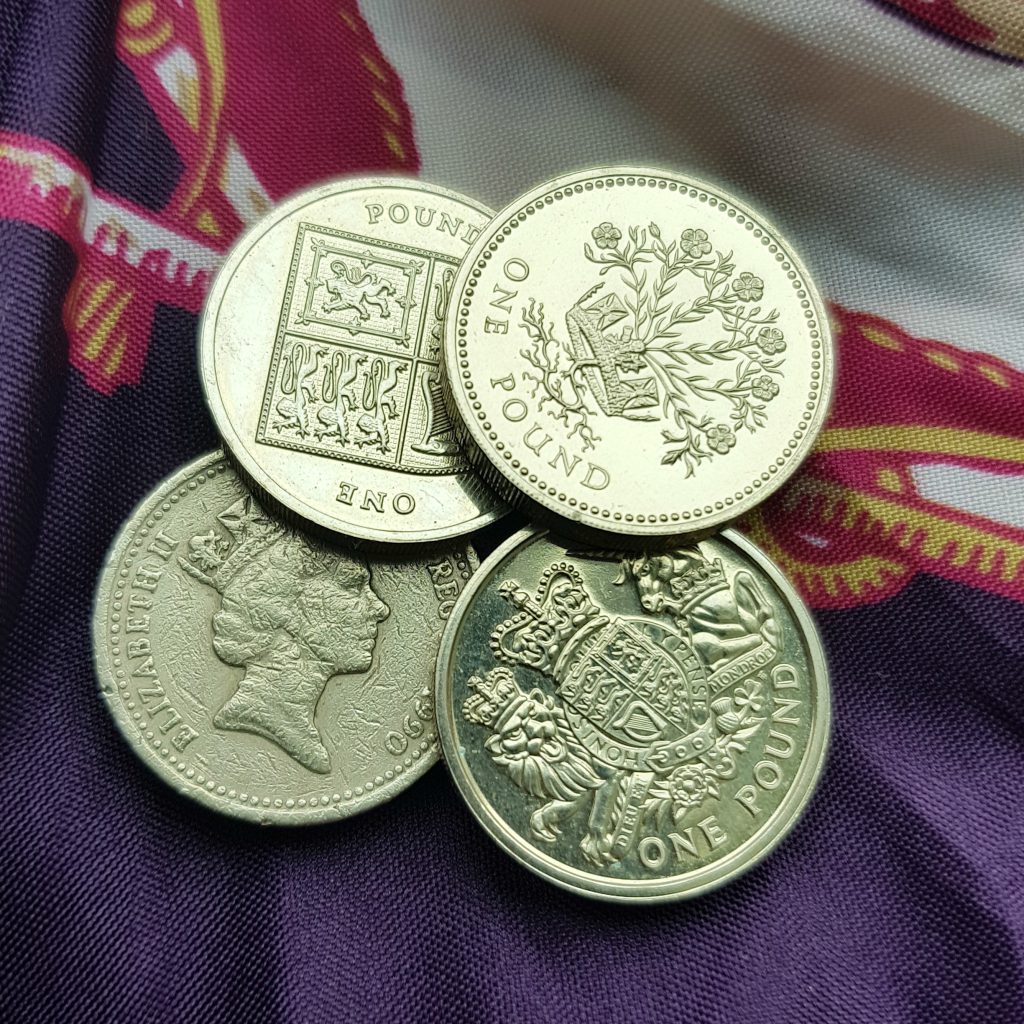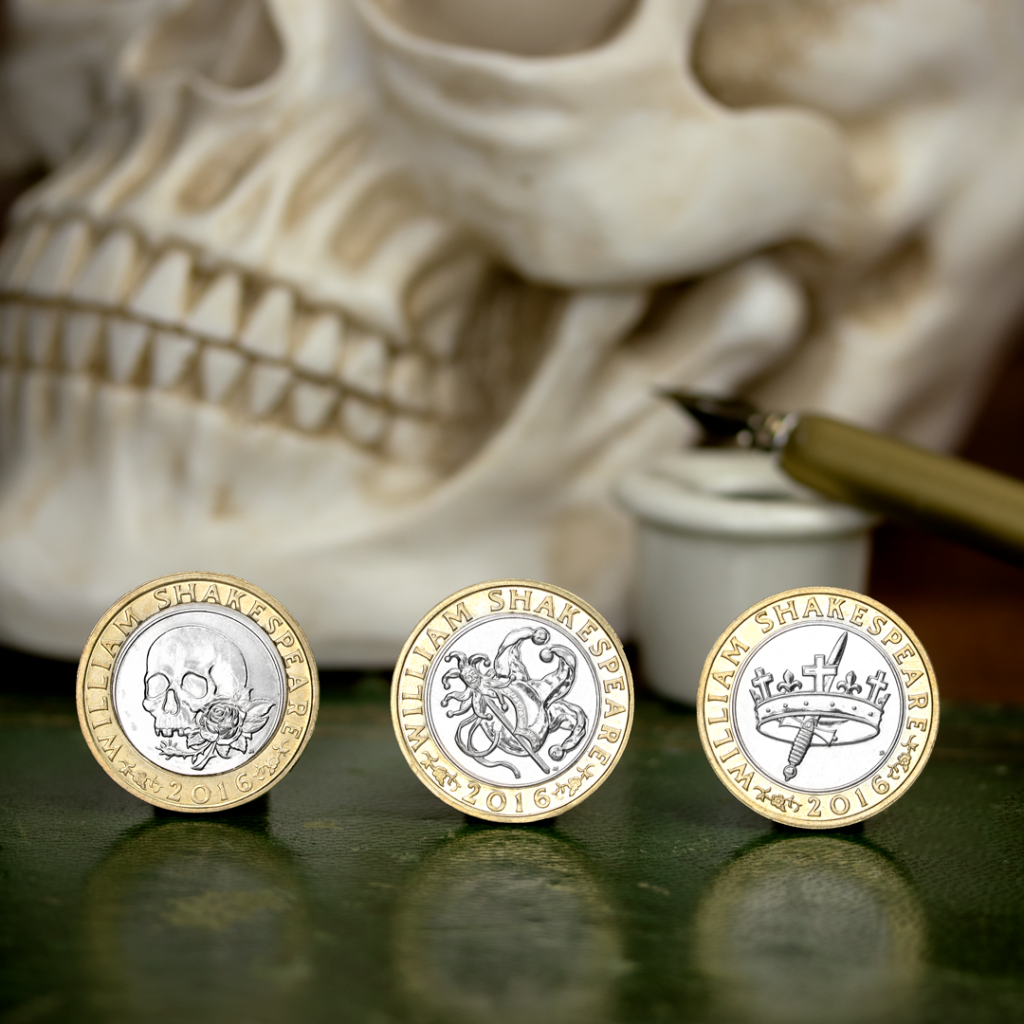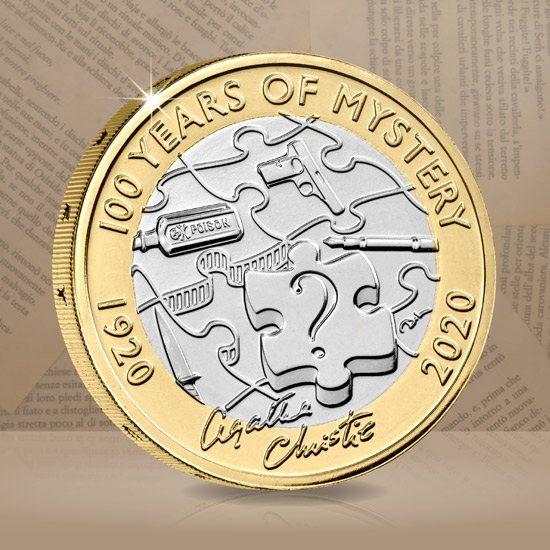Posts by Change Checker
The History of the UK Banknote…
The UK banknotes have gone through some big changes since they were first introduced but do you know the story behind them?
In this blog, we guide you through the history of UK banknotes as we take a look at just how far they’ve come…

7th Century – China
The first recorded use of ‘paper’ money was in China back in the seventh century! However, it was until over a thousand years later that paper money made its way to Europe.
16th Century – Goldsmith-Bankers
In the 16th century, the goldsmith-bankers would issue receipts for cash, known as ‘running cash notes’. They were made out in the name of the depositor and also carried the words, ‘or bearer’, after the name of the depositor.
This similar phrase still appears on British banknotes today: “I promise to pay the bearer on demand the sum of…”
1694 – Bank of England
When the Bank of England was established in 1694 to raise money for King William III’s war effort, they issued notes in exchange for deposits. These were the first recorded bank notes to feature a cashier’s signature!
18th Century – Fixed Denominations
The issuing of fixed denomination notes first started in the 18th century. Notes were printed with the pound sign and the first digit included, but any following digits were then added by hand!
By 1745, notes were issued in denominations ranging from £20 to £1,000 but it wasn’t until 1759, as a result of gold shortages caused by the seven years of war, that a £10 note was issued.
The £5 note followed in 1793 at the start of the war against Revolutionary France and by 1797 the £1 and £2 notes were issued.
1853- Fully Printed
In 1853, the first fully printed banknotes were introduced, meaning hand-written denominations on notes were phased out.
Early 20th Century – 10 Shilling Note
During the First World War, the link between notes and gold was broken. The government needed to preserve bullion stocks and so the Bank stopped paying out gold for its notes.
In 1914 the Treasury printed and issued 10 shilling and £1 notes and in 1931, Britain left the gold standard.
Late 20th Century – Feature of Historical Figures
The late 20th century saw the first introduction of historical figures on the designs of UK banknotes. Since 1970, we’ve seen figures including scientist Isaac Newton, composer Edward Elgar and nurse Florence Nightingale featured on our banknotes.
21st Century – Polymer notes and BAME figures
In the 21st century we have seen the introduction of the polymer £5, £10 and £20 banknote, as a cleaner, safer and stronger alternative to the paper notes.
These notes have become incredibly popular with collectors, with some polymer £20 notes fetching far over their face value on the secondary market!
However, a lack of Black, Asian and Minority Ethnic (BAME) figures being recognised on legal tender led to campaigning for greater inclusivity in 2020.
These campaigns come after Chancellor Rishi Sunak stated he was considering proposals from a campaign group. He has since asked the Royal Mint to come up withnew designs honouring BAME figures who have served the nation – such as military figures and nurses.
Whilst details of these figures and designs remain under consideration, we look forward to hearing more as the story unfolds.
Did you know how far back in history our banknotes date? Let us know in the comments below!
Secure the last-ever £1 banknote to your collection!
Click here to secure your piece of British Numismatic history for just £10 (+p&p) >>
Is time up for our 2ps? Production of 2p and £2 coins could be halted for the next 10 years!
In March 2015, the UK treasury confirmed that 1p and 2p coins will continue to be used “for years to come”. However, it has recently been suggested that due to a cash usage slump, The Royal Mint is set to go ten years without producing anymore 2p coins!
But it’s not just our coppers at stake.. The same applies for £2 coins, as it has been revealed that in March 2020, The Royal Mint was sitting on 26 times as many £2 coins as it needed to.
According to the National Audit Office’s report into Britain’s cash usage, the number of coins produced each year by The Royal Mint fell by nearly two-thirds between 2011 and this year.
Less than a quarter of all payments were made by cash last year, according to figures released in June by the banking trade body UK Finance.
It’s fair to assume that even less cash has been used since the start of 2020 due to the coronavirus leading to fears of cash usage and a move to more contactless payments.
However, The Mint told Britain’s spending watchdog that there had been ‘sharp increases in demand’ for change ‘as many businesses and consumers hoarded coins in the early months of the pandemic’.
As a result, the Treasury ordered The Royal Mint to strike 60 million additional 1p coins over the summer to meet this new demand. So make sure you keep your eyes peeled for these new 1p coins, especially if you’re collecting dateruns!
The Royal Mint are required to forecast the demand for small change to ensure it keeps enough coins in stock without striking too few or too many, but with significant fluctuations in consumer behaviour in recent years, this has no doubt been a challenge.

In 2017, after the introduction of the new 12-sided £1, The Royal Mint saw a swell in its coin stocks as people rushed to return their round pounds, ending up returning loose change of other denominations at the same time.

According to the NAO, at the end of March, The Royal Mint aimed to hold 700,000 £2 coins, but actually held 18.7million. And rather than holding its target of 15.9million 2p coins, it held 127.1million.
As a result, in March of this year, The NAO said The Royal Mint had estimated ‘it did not envisage producing any new 2p or £2 coins for at least 10 years’.
We haven’t seen a £2 enter circulation since 2016, so, could this mean that those 2016 dated £2s and 2017 dated 2p coins are the last of their kind? We certainly hope not.
But what about our coppers? Do you think we still need 1p and 2p coins in circulation? Have your say by voting in our poll on Facebook.
And what could the future for Britain’s definitive coinage be if the 1p and 2p coins were removed? Currently the definitive coins from 1p to 50p come together to create The Royal Shield, but with two key pieces missing, could this lead to a complete re-design?
We’d love to hear what you think about the use of cash vs card and the demand for our smaller denominations, so leave us a comment below to share your thoughts.
If you’re interested in coin collecting, our Change Checker web app is completely free to use and allows users to:
– Find and identify the coins in their pocket
– Collect and track the coins they have
– Swap their spare coins with other Change Checkers

Sign up today at: www.changechecker.org/app
Brand new Agatha Christie £2 celebrates 100 years of mystery!
Agatha Christie’s first novel The Mysterious Affair at Styles was published in 1920 and it kick-started the nation’s love of her detective novels and murder mysteries.
In 2020, to mark 100 years since her first publication, The Royal Mint celebrates the world’s best-selling novelist with this brand new 2020 UK Agatha Christie £2.
2020 UK Agatha Christie £2
David Lawrence’s design of this coin pays homage to Christie’s crime novels, with a piece of a jigsaw slotting into place and her signature at the bottom.
The coin also features the edge inscription ‘100 years of mystery 1920’-2020’ to mark this very special anniversary.
Issued initially as part of the 2020 Commemorative Coin Set, this brand new £2 coin has just been individually released and is available in Brilliant Uncirculated quality for JUST £8.99 (+p&p)
Murder, Mystery, and Masterpieces

After the end of the First World War, Christie published her first novel The Mysterious Affair at Styles. This incredibly popular story introduced readers to one of Christie’s most famous characters – Belgian detective Hercule Poirot*.
Writing well into her later years, Christie wrote more than 70 detective novels as well as short fiction. Her books have been made into films, television, and radio programmes. In 1971, she was made a Dame of the British Empire for her outstanding contribution to Literature.

In 2020, she is celebrated once more with this brand new £2 coin and she becomes another UK author to be commemorated on UK coinage…
2016 Shakespeare £2 Series

William Shakespeare is the most influential literary figure in British history and his works are an important part of Britain’s cultural heritage.
In 2016, a series of three £2 coins were issued to mark the 400th anniversary since his death and to celebrate his greatest works.
Each coin’s design takes inspiration from some of Shakespeare’s greatest works, including Macbeth (pictured right), A Midsummer Night’s Dream (central) and his most-famous love tragedy (pictured left).
All three coins entered circulation but the Comedy £2 has the lowest circulating mintage – just 4,355,000!
2017 Jane Austen
In 2017, to celebrate the life and works of one of Britain’s best-loved authors, The Royal Mint issued this Jane Austen £2.
Jane Austen is one of the best-loved English novelists from the 19th century. Her novels were revolutionary and from her first novel, Sense and Sensibility, readers began a love affair with her fiction that has lasted two centuries.
Designed by Dominique Evans, a portrait of Jane Austen features on the reverse of this coin. It did not enter general circulation and was issued in collector quality only.
2019 Sherlock Holmes 50p
In 2019, to mark 160 years since the birth of Sir Arthur Conan Doyle, The Royal Mint issued this 50p coin.
The prolific writer is best known for his incredibly popular detective stories featuring the fictional Sherlock Holmes™. It is said his works revolutionised the crime genre, and despite Doyle sharing an ambivalent relationship with his famous character, Holmes’ popularity resulted in Doyle becoming one of the best-paid authors of the time.
The reverse has been designed by Stephen Raw and features a silhouette of Sherlock smoking a pipe, surrounded by a few of his most-famous story titles.
It entered general circulation but the exact mintage figures have not been confirmed yet!
2012 Charles Dickens £2
The Charles Dickens £2 coin was issued by The Royal Mint in 2012 to commemorate the 200th anniversary of one of Britain’s most famous and beloved writers.
His enchanting stories, vivid characters and depiction of Victorian life are widely acknowledged across the world by critics and scholars alike and his novels and short stories continue to be widely popular.
The design features Dickens’ recognisable profile crafted from the titles of his most famous works and is a favourite amongst collectors.
This coin was released into general circulation and has a mintage of 8,190,000.
2018 Mary Shelley’s Frankenstein £2
This £2 coin was issued by The Royal Mint to celebrate the 200th anniversary of the publication of Mary Shelley’s famous novel Frankenstein; or, The Modern Prometheus.
Whilst on holiday in Geneva Mary Shelley and her poet friends, including Lord Byron and future Husband Percy Shelley, decided to have a competition to see who could write the best horror story. Out of this Mary Shelley created Frankenstein, a story about a scientist’s scary act at playing God and creating life. It went on to become one of the best loved gothic novels.
The reverse of this gothic coin was designed by Thomas Doherty and features the words ‘Frankenstein’ in an electric gothic font. It features the edge inscription, Bicentenary of Mary Shelley’s The Modern Prometheus.
It did not enter general circulation.
2016 Beatrix Potter Anniversary 50p
To celebrate the 150th anniversary of the birth of Beatrix Potter, the Royal Mint have released this 50p to celebrate Beatrix herself.
Designed by Emma Noble, the coin includes elements that celebrate Beatrix as the artist behind some of the best-loved characters in children’s literature along with the nostalgic font used for the inscription.
This coin entered general circulation and has a mintage of 6,900,000.
We love seeing Britain’s best-loved authors come to life on our UK coins, but which author coin is your favourite? Comment below!
Secure the 2020 UK Agatha Christie £2 to your collection today!

To secure yours in Brilliant Uncirculated quality for just £8.99 (+p&p) click here >>
* AGATHA CHRISTIE, POIROT and the Agatha Christie Signature are registered trademarks of Agatha Christie Limited in the UK and elsewhere. All rights reserved.









